Rum is one of the most famous types of distilled alcoholic beverages. It is made from sugar cane and cane syrup and the production process goes through fermentation and distillation.
The history of rum originates in the Caribbean islands and dates back to the time of Christopher Columbus. The cane plant was discovered by Columbus' crew during his second voyage in the mid-15th century.
In modern times, the Caribbean islands continue to be the epicenter of rum production, with each island having its own unique production recipe.
Apart from the Caribbean, rum has spread all over the world and is one of the most widely popular alcoholic beverages today.
What rum actually contains
100 g of the alcoholic beverage rum contains:
- 231 calories;
- 0.12 mg of iron;
- 2 mg of potassium;
- 0.02 mg manganese;
- 0.05 mg of copper;
- 9 mg of fluoride;
- 5 mg of phosphorus;
- 0.07 zinc;
- 66.60 g of water;
- 33.40 g of alcohol.
The composition of rum provides benefits not only from the point of view of the food industry, but also in beauty procedures at home.
Rum is used in masks with honey, cucumber and tomatoes, which have a toning effect on the skin. The alcoholic drink also has a beneficial effect on the hair and combines wonderfully with a chamomile decoction, by restoring its shine and vitality.
See also what white rum is and characteristics of dark rum.
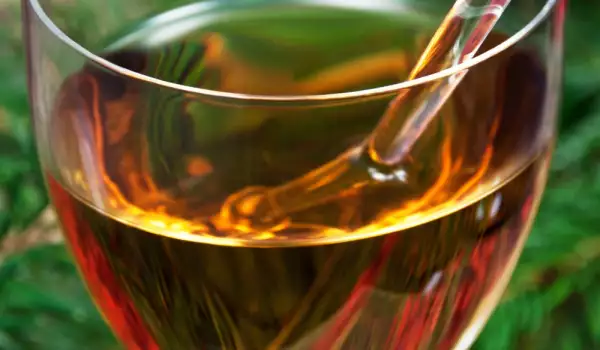
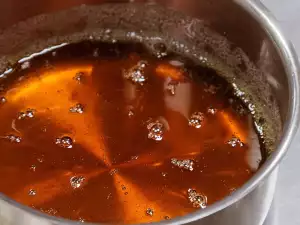

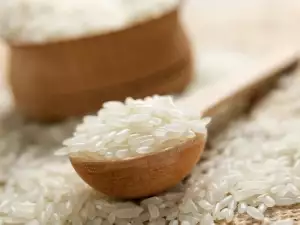


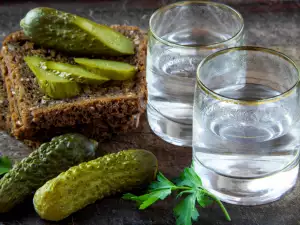



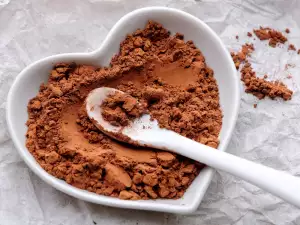
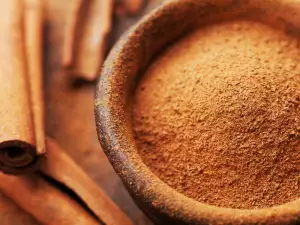


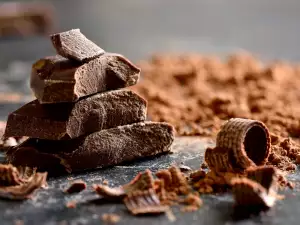
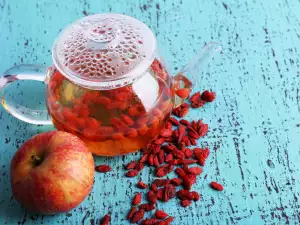



Comments